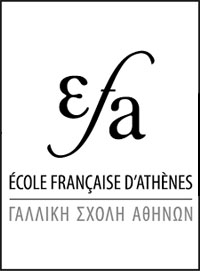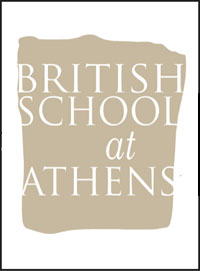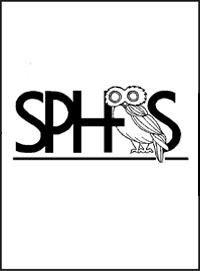Aigion, 8th Perikleous Street - 2006
Informations Générales
Numéro de la notice
8386
Année de l'opération
2006
Chronologie
Mots-clés
Nature de l'opération
Institution(s)
Toponyme
Notices et opérations liées
2006
Description
Aigion, 8th Perikleous Street (property of D. Tzoura). Andreas Vordos (ΣΤ΄ΕΚΠΑ) reports on the discovery of cultural remains attributed to four difference uses of the area. The earliest consisted of two pithoi burials found in deeper sediments. Only one contained skeletal remains while none of the burials included any grave goods and therefore their date is uncertain.
In the middle of the property were walls of roughly worked blocks bound with clay and attributed to the Hellenistic period, which had destroyed a number of earlier graves. Also present was a roughly circular cistern of 0.8 m. in diameter and with a floor of clay tile fragments. Possibly a storage facility, it was dated to the Hellenistic period, along with a partially preserved pebble floor.
Attributed to the Roman period were the foundations of three walls (3, 5 and 7), built with rubble and bound with mortar, probably part of substantial buildings (Figs. 1, 2). A small pottery kiln and two shallow pits dated to Late Antiquity were also investigated.
In the middle of the property were walls of roughly worked blocks bound with clay and attributed to the Hellenistic period, which had destroyed a number of earlier graves. Also present was a roughly circular cistern of 0.8 m. in diameter and with a floor of clay tile fragments. Possibly a storage facility, it was dated to the Hellenistic period, along with a partially preserved pebble floor.
Attributed to the Roman period were the foundations of three walls (3, 5 and 7), built with rubble and bound with mortar, probably part of substantial buildings (Figs. 1, 2). A small pottery kiln and two shallow pits dated to Late Antiquity were also investigated.
Auteur de la notice
Michael Loy
Références bibliographiques
ADelt 62 (2007) Chr., 505-506
Date de création
2020-06-04 11:08:32
Dernière modification
2024-01-18 09:14:06








